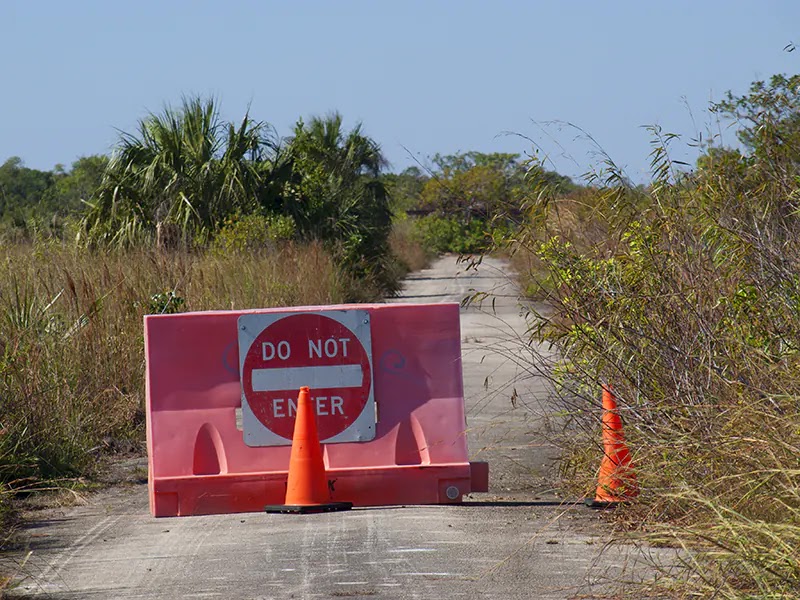Propane or butane? Dilemmas of the camping kitchen
We have both, because redundancy saves the day.

|
|
Our small butane stove at work in a campground - License our images here. |

|
| Our Coleman propane stove. |
More info about propane:
- Keep the tanks outside or in a special compartment. Must be in a location where vapors can't build up.
- Transport them upright, on a flat surface, and secured to prevent tipping - an old milk crate works well for 20 lbs. cylinders. These crates are 13" x 13" x 11" and the tanks 18" tall and 12.1" wide.
- Get a gauge to know the level of propane in the cylinder.
- Propane tanks are filled up to 80% to allow for gas expansion.
- Recertify the tanks after ten years - read here.
- Propane is heavier than air.
- Temperature affects the performance of propane.
- Down to 32°F - no problem.
- Around 0°F - lack of pressure won't allow to access the last 1/3 of the tank.
- At -20°F - the regulator freezes, meaning less than 1/2 usable tank (below this temperature propane won't work well).



Comments
Post a Comment